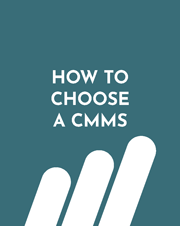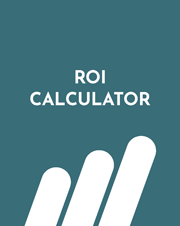Reduction of maintenance costs
One key aspect of TPM is the emphasis on regular, simple preventive maintenance tasks such as lubrication, replacement of wearing parts, and inspections of machine parameters. These tasks can help to reduce the likelihood of major and expensive repairs, as well as minimize production losses
Improved equipment efficiency
Improved teamwork and employee engagement
Implementing TPM measures will create a better understanding of the responsibilities between different departments in your organisation. It gives your production staff a better understanding of the work of the maintenance team and vice versa. It enables everyone to work on solutions, improvements and optimisations across departments.
Common issues
TPM stands and falls with planning and documentation. If TPM isn't planned properly and/or documented inconsistently, many TPM-related activities will be wasted. Maintenance activities may be performed twice because the team does not know which activities have already been performed, or incorrectly performed tasks may cause even greater damage.
TPM - challenges for your business
TPM is a familiar topic to many in the industry. We are all aware of the challenges that its implementation poses to both production and maintenance. For the production staff, carrying out maintenance tasks raises issues of structure, organisation and leadership.
TPM requires a clear definition of tasks, responsibilities and scope of documentation. This is particularly important to ensure compliance with certain standards such as IATF 16949 and ISO 9001. This means that you need to have documentation and evidence in place before an audit at the latest. But it is much better to be in control all the time, because TPM is about increasing the availability of your machinery, not just satisfying auditors.
This means that you need to be in control of the following:
- Instructions
- Work authorisations and risk analyses
- Scheduled and recurring tasks
- Follow-up of completed and delayed actions
- Documentation of execution with name and time
- Ability to analyse data and information
This can of course be done in Excel or on paper. The more effective option is to map this into your maintenance systems so that the necessary structure is in place for the long term. This way everything is in one place and there is a common thread through all past activities so that everyone can work towards continuous improvement.
TPM-Activities in MaintMaster
MaintMaster is the maintenance software that also manages TPM activities in production. MaintMaster covers everything related to maintenance, so why not also TPM activities? Nothing is more natural. MaintMaster covers all of the above with ease and far better than pen, paper or spreadsheets.






